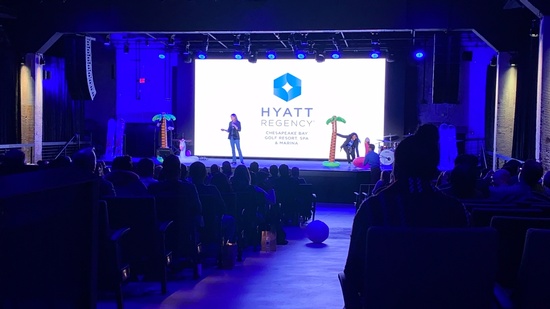Revolutionizing Spectator Engagement Via Engaging VR Encounters within Live Performances
Revolutionizing Spectator Engagement Via Engaging VR Encounters within Live Performances
Blog Article
Within recent times, virtual reality has become a powerful tool for enhancing viewer involvement in real-time performances. This technology allows viewers to submerge oneself in a 3D environment, crafting a unique experience that conventional media cannot duplicate. Through utilizing VR, creators can move viewers into the heart of the action, causing them sense as if they are integral of the performance. This innovative method not just captivates viewers but also opens up new possibilities for storytelling and engagement.
One of the key advantages of using VR in real-time performances is the capability to forge a greater engaging encounter. Viewers can engage with the show in the moment, shaping the outcome or discovering different perspectives. For instance, in a theater show, audiences using VR goggles can select to follow particular characters or scenes, allowing them to customize their encounter. This degree of engagement cultivates a more profound connection between the audience and the show, making it more memorable and impactful.
Moreover, VR tools can improve the visual and auditory elements of a live production. Using top-notch graphics and sound design, producers can create breathtaking settings that draw viewers in. This engaging characteristic can raise the complete experience, making it more engaging and pleasurable. For example, a concert can be converted into a multi-sensory encounter, where audience members experience as if they are on in front with the performers. Such improvements not just draw bigger viewers but also encourage return viewing, as audiences look to relive the excitement.
Alongside enhancing audience involvement, VR can also offer insightful data for producers. By analyzing how audiences interact with the digital setting, creators can gather data on audience likes and actions. This data can inform upcoming productions, assisting to customize material to more effectively meet the needs and desires of the viewers. As a consequence, VR not only enriches the present encounter but also adds to the development of real-time productions as a whole.
As the technology progressing to evolve, the possibilities for VR in real-time productions is vast. From theater and musical events to athletic competitions and festivals, the opportunities are endless. By embracing this cutting-edge method, creators can transform the way viewers experience live entertainment. As more producers explore the integration of VR, helpful hints it is likely that we will witness a change in how shows are designed and delivered, ultimately resulting to a more engaging and participatory future for live productions.